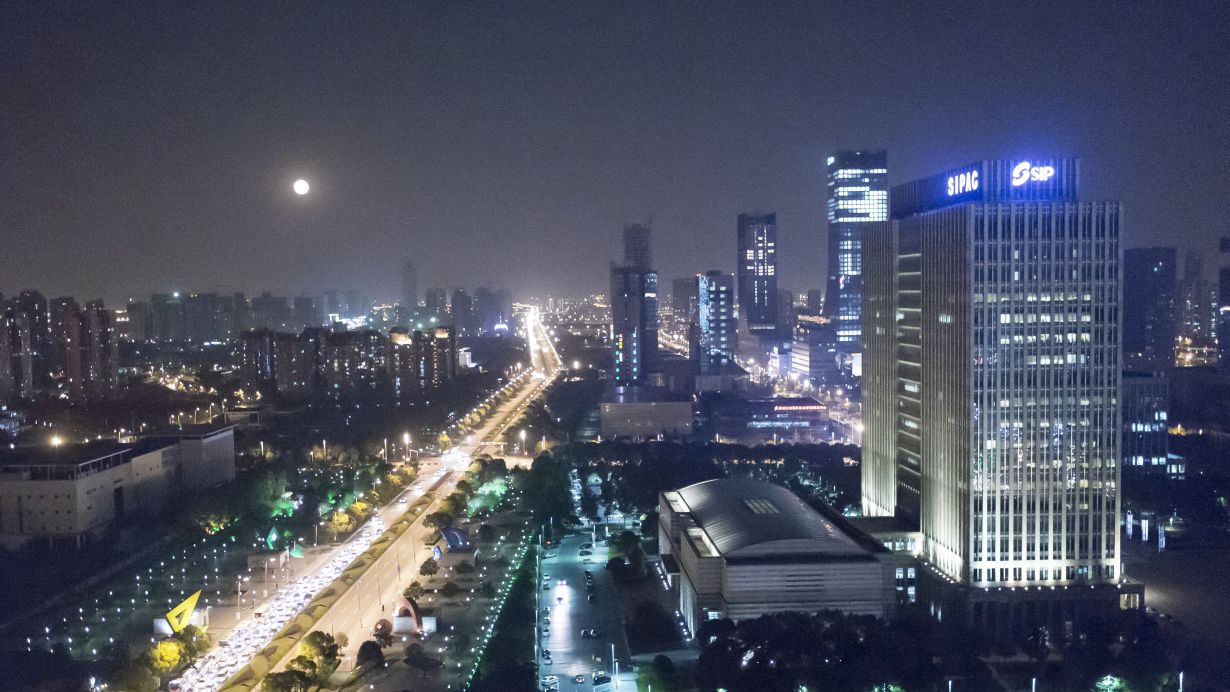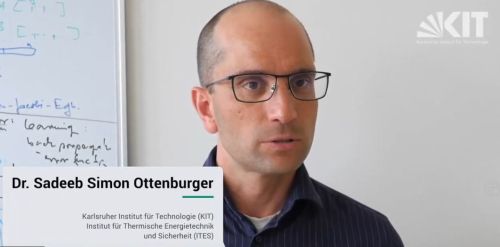Critical infrastructures such as power grids or traffic routes are increasingly characterized by digitalization, enabling flexible and efficient real-time control of these systems. The drawback is, however, that those systems become more vulnerable to disruptions and attacks, such as cyberattacks or data breaches. Researchers at Karlsruhe Institute of Technology (KIT) investigate how to design utility systems in a sustainable and at the same time resilient way, and what decisions need to be made in critical situations. For this purpose, they work out concepts based on artificial intelligence and mathematics and devise methods for robust decisions that take new risks and uncertainties into consideration. During Hanover Messe 2022 taking place from May 30 to June 02, the team will be present at the KIT booth in the “Future Hub” (Hall 2, Booth B40).
Whether it is about the supply of electric power, water or food, the transport sector, or public health: The availability of everyday – and at the same time vital – goods and services depends on the functionality of critical infrastructures. Innovative technological developments, such as the trend towards digitalization, enable flexible and decentralized control of utility and supply systems and open up new opportunities, especially as regards the energy and mobility turnaround. However, they also make these systems more vulnerable to disruptions and attacks from outside. For example, the threat from cyberattacks that go beyond simple data misuse, but are rather capable of paralyzing entire systems, has been rising for some years. In a decentralized energy system, that primarily uses regenerative energy sources, the failure of individual components as well as the time and weather-dependent fluctuations in energy input may jeopardize energy security.
The RESIS (Resilient and Smart Infrastructure Systems) workgroup at KIT’s Institute for Themal Energy Technology and Safety (ITES), headed by Dr. Sadeeb Simon Ottenburger and Wolfgang Raskob, explores how energy systems and other critical infrastructures can be designed in a sustainable and at the same time resilient way. RESIS is also member of CEDIM – Center for Disaster Management and Risk Reduction Technology at KIT. During Hanover Messe 2022 taking place from May 30 to June 02, the team will be present at the KIT booth in the “Future Hub” (Hall 2, Booth B40). Resilience of a technical system means that it will not fail completely, even under a very high workload or despite the occurrence of disruptions, but is still able to maintain critical functions and to become operational again soon.
Handling Uncertainty Is an Important Factor
“Ongoing planning of future critical infrastructures must allow for new system-dependent risks and major uncertainties in a systematic way and, in particular, must be able to understand negative effects of single or multiple events on society,” says Ottenburger. In terms of energy supply, for example, this means that the power grid is becoming increasingly important as the energy and mobility turnaround proceeds. This utility system, in turn, depends on information and communication networks. It is, however, difficult to forecast how the threats emerging from new network structures and constraints such as the consequences of the global warming, the structure of the population, or the power, heat, and traffic demands will evolve in the future. The research team of Ottenburger and Raskob investigate what robust solutions might look like with major uncertainties looming in the background. They use simulation models, artificial intelligence (AI), mathematics, and insights from social and economic sciences.
The RESIS workgroup is developing concepts and methods for the design and operation of smart and adaptive critical infrastructures, especially energy and water supply networks as well as traffic structures. A central factor in this process is a platform that simulates load scenarios under various constraints, allowing the analysis of the interaction between different subsystems and, thus, determining systemic risks.
Microgrids to Secure Power Supply for Vital Facilities
In order to increase the resilience of energy supply, systems such as microgrids can be integrated. These consist of many small and intelligent energy cells that not only contribute to stabilizing the grid, but are also able to work autonomously for a certain period of time. This way, the supply of critical infrastructures, such as hospitals, pharmacies, and fire stations, can be distributed to different microgrids. The locations and dimensioning of storage and distribution structures are some of the decisive factors to guarantee a self-supporting supply in critical phases. “These preventive design strategies are effective to prevent a blackout already in the case of a brownout, i.e. a voltage drop that might be caused by power shortage on the transmission grid level,” explains Sadeeb Simon Ottenburger.
Besides the technical factors, the team of resilience researchers led by Ottenburger and Raskob increasingly factor in social aspects. Critical infrastructures depend on the population’s trust; preventive strategies need broad acceptance from society. In case of a resource shortage, consumers must be flexible, for example during long-term dark doldrums in Europe when less power can be provided from regenerative sources, storage systems run out of energy, or resources are no longer available because of cyberattacks.
Center for Disaster Management and Risk Reduction Technology (CEDIM)
CEDIM is an interdisciplinary research center of KIT working in the fields of disasters, risks, and security. The research goal is a better understanding of natural and man-made risks. CEDIM is dedicated to an earlier detection and a better management of these risks in a rapidly changing world with increasing population, rapid urbanization, and the growing threat associated with climate change. For this purpose, the researchers employ interdisciplinary competence and synergies, combining risk identification, risk analysis, risk management, and risk communication when developing concepts to improve the resilience of infrastructures and supply systems.
More information on RESIS: https://www.ites.kit.edu/136.php
More information on CEDIM: https://www.cedim.kit.edu/english/13.php
In close partnership with society, KIT develops solutions for urgent challenges – from climate change, energy transition and sustainable use of natural resources to artificial intelligence, sovereignty and an aging population. As The University in the Helmholtz Association, KIT unites scientific excellence from insight to application-driven research under one roof – and is thus in a unique position to drive this transformation. As a University of Excellence, KIT offers its more than 10,000 employees and 22,800 students outstanding opportunities to shape a sustainable and resilient future. KIT – Science for Impact.



